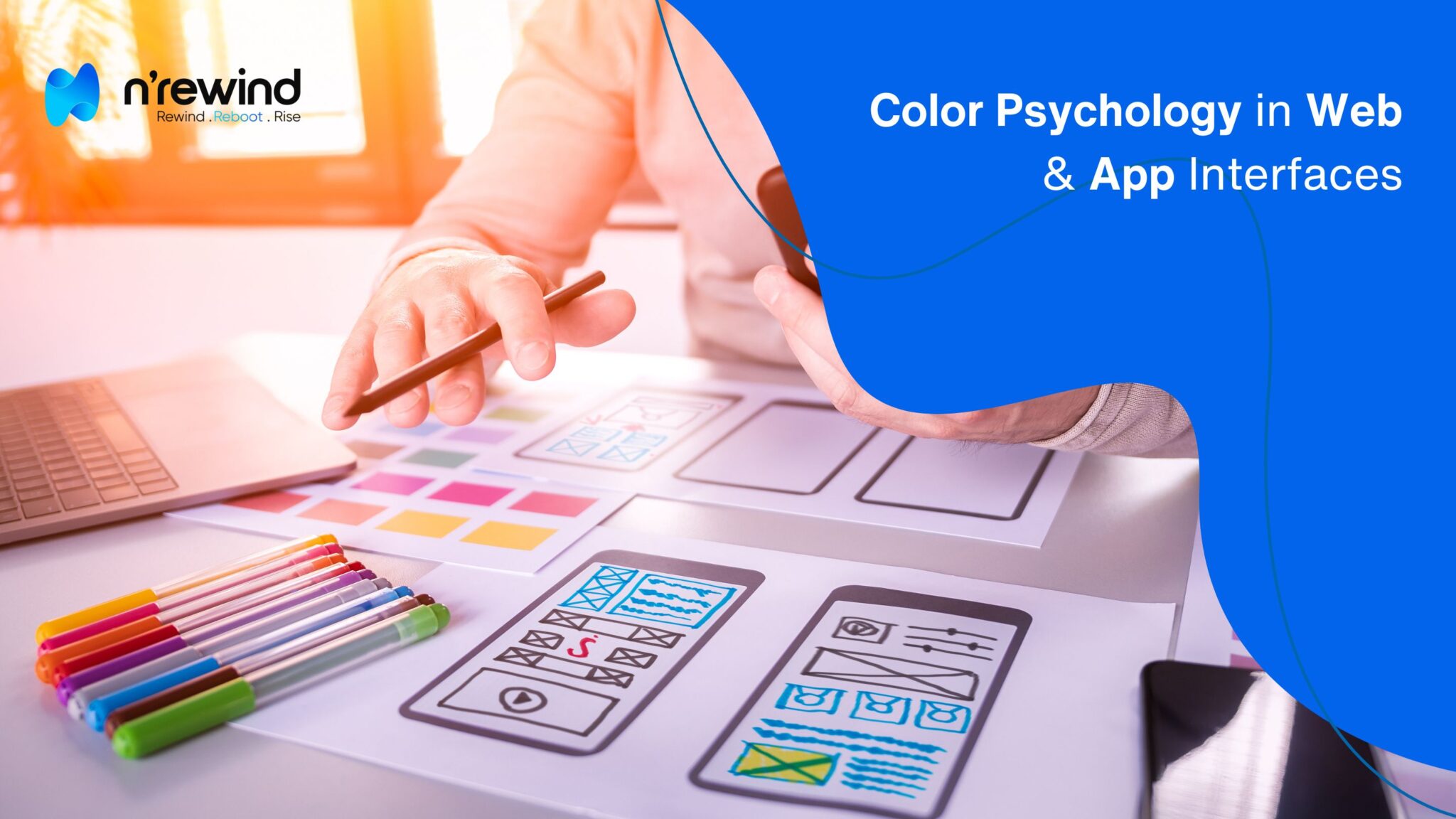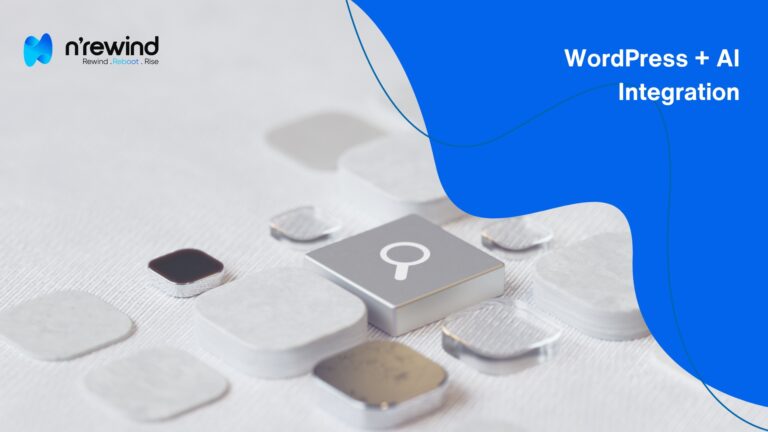Color is more than decoration – it’s a silent persuader. The right colors in your web and app interfaces can influence emotions, shape decisions, and drive user actions.
At NRewind Technologies, we use design psychology to create engaging and high-performing digital products.
1. Why Color Matters in UI
Colors set the tone for the user experience. From trust-building blues to action-driving reds, every hue communicates something unique.
Our UX best practices guide shows how first impressions impact retention.
2. Color Associations & Emotions
- Red – Urgency, passion, excitement
- Blue – Trust, stability, professionalism
- Green – Growth, health, peace
- Yellow – Optimism, attention, warmth
For improving visual clarity, explore our brand identity system guide.
3. Accessibility & Contrast
- Ensure text is readable against background colors.
- Use high contrast for important actions.
- Follow WCAG standards for accessibility.
Our performance tuning for apps shows how accessibility also improves usability.
4. Color for Conversion
- Use accent colors for CTAs.
- Keep brand colors consistent across touchpoints.
- A/B test color variations for engagement.
Our WooCommerce conversion tips demonstrate color’s role in sales performance.
5. Cultural Considerations
Colors can have different meanings in different cultures. Research your target audience’s perceptions to avoid unintended messages.
Our analytics-driven decisions guide can help validate color choices with data.
Conclusion
Color psychology is a powerful tool in web and app design. When applied thoughtfully, it can boost engagement, trust, and conversions.
If you want to craft interfaces that connect emotionally, contact NRewind Technologies for expert design guidance.
"Colors influence how users feel and act in digital experiences. Learn how to apply color psychology in web and app design with NRewind Technologies for better engagement."




